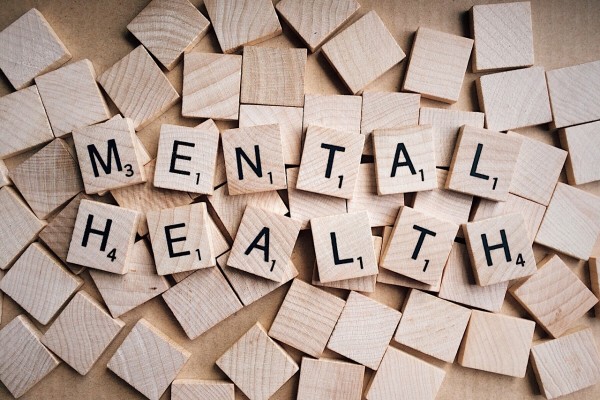High Calorie Refeeding: Successful in Treatment of Anorexia Nervosa

According to Andrea Garber, Ph.D., RD, of the University of California, San Francisco, and colleagues, research findings show that using extra-high-calorie refeeding to treat anorexia nervosa has proven to be successful as compared to a standard feeding regimen.
The randomized trial for inpatient treatment of eating disorder resulted in the faster restoration of medical stability, 3 days sooner versus 10 days for the standard feeding regimen.
This study was published online in JAMA Pediatrics.
The high-calorie approach was associated with a 4-day shorter overall hospital stay, an earlier discharge from the hospital equated to lower hospital costs as well.
During the refeeding approaches, the patients were observed for electrolyte imbalances and the need for supplementation in which there were none.
In just 2 days of treatment, the patients in the high-calorie group already saw a gain in body weight, whereas the low-calorie group initially lost weight on treatment.
As of current clinical guidelines, including from the American Psychiatric Association Work Group on Eating Disorders, American Psychiatric Association, and American Dietetic Association, the standard refeeding approach recommended is still a low-calorie diet, which typically starts at 1,200 kcal/d.
The researchers noted that there were no reported cases of clinical refeeding syndrome in both groups.
See more: Scientific Way on Mending a Troubled Relationship
Dangers of Refeeding Syndrome
Once a person who has been starved starts to eat again and metabolizes calories, the most feared and potentially deadly complication of the refeeding process is the refeeding syndrome.
Refeeding syndrome occurs when the body experienced changes in metabolism, shifting from a catabolic state (a state of breaking down tissues for nutrients) to an anabolic state (a state of rebuilding tissues/growth).
Because the body has been starved for so long, it is deprived of so many nutrients that it moves many salts from the blood to the growing cells in order to rebuild cells. This can be a potentially fatal shift in fluids and electrolytes.
This is the reason why the refeeding mantra for many years has been "start low and go slow". However, there is no rule on how many calories to start, by how many calories to increase, nor how often to increase calories.
Anorexia Nervosa
Anorexia nervosa, simply known as anorexia, is an eating disorder where people associate thinness with self-worth. It is not necessarily about food, but rather the intense fear of gaining weight and a distorted perception of weight.
This can be debilitating and sometimes life-threatening as people placed a high value on controlling their weight that they usually have abnormally low body weight, severely restricting their food intake and may result in extreme efforts that tend to significantly interfere with their lives.
Extreme efforts may consist of controlling calorie intake through inducing vomiting or misuse of laxatives, diet aids, diuretics, or enemas. They may also try to lose weight by exercising excessively, but regardless of how much weight is lost, the person continues to fear weight gain.
Also read: Computer Vision Syndrome: What Is It and How To Prevent It?
Check out more news and information on Psychology on MD News Daily.
Oct 20, 2020 09:00 AM EDT





